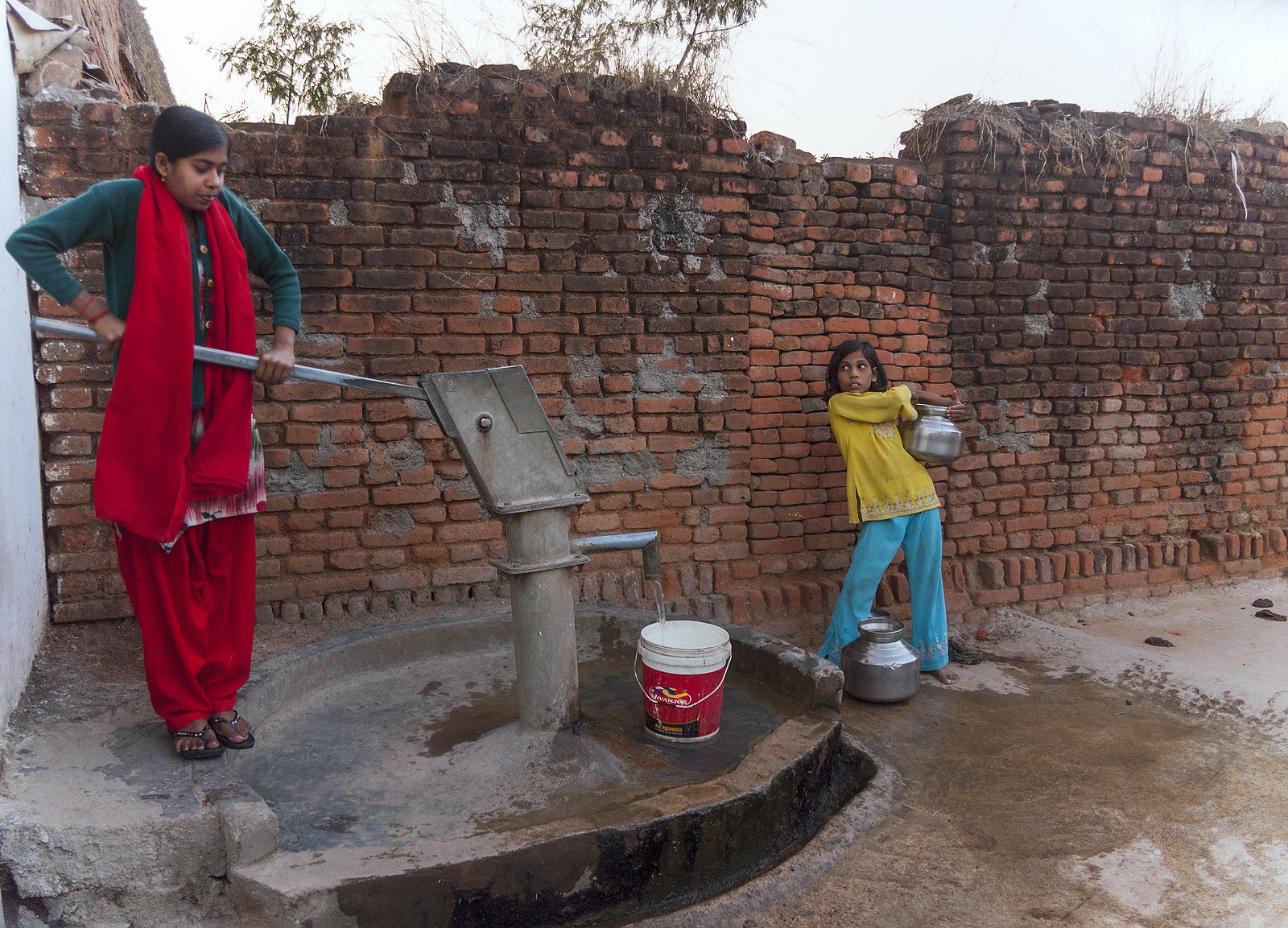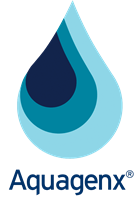Aquagenx Technical Brief:
Intermittent Contamination of Drinking Water Sources
How Drinking Water is Recontaminated
Drinking water systems and sources are highly dynamic. Recontamination of fecal bacteria and intermittent contamination of E. coli bacteria can occur in wells, boreholes and other drinking water sources. Groundwater sources can be more difficult to assess for E. coli contamination, as their risk of fecal contamination may depend on local geohydrological conditions, including:
- Contaminated surface water runoff enters wells and surface water drinking water sours
- Poor sanitary protection at the top of the borehole, no sanitary seal or well apron
- Hand pump base doesn’t have a watertight seal where it attaches to the casing
- Contamination at the well pump outlet (spout) from contaminated hands
- Casing doesn’t extend far enough above the ground and surface water can enter well, defective well casing and/or liner
- Fecal waste sources and their potential to impact the ground water by infiltration of fecal wastes from the land surface
- Fecal wastes from nearby latrines or other on-site waste management sources such as septic tank-soil infiltration (absorption) systems
- Animal fecal wastes (manure)
- Poorly constructed and maintained wells, especially open and shallow wells
- Intermittent septic system intrusion and/or other transient fecal source
- Collecting water with unwashed or contaminated hands and containers
- Objects falling into the well or source
- Open defecation by humans
Rainfall and flooding also can cause fecal contamination of water from land surface run-off or storm drains carry contamination to surface water sources or supplies, such as rivers, lakes and ponds.
The frequency of retesting contaminated water depends on the vulnerabilities of the water source and supply system, as some water systems and sources are more stable and better protected and maintained than others.
Testing Recontaminated Water Sources
Quantified microbial water quality tests are particularly useful if water sources are at risk of intermittent contamination. Quantified testing methods are much more useful from a health risk estimation point of view to make more informed decisions about water safety. It is critical to know the concentration of E. coli in a water sample to determine the magnitude of health risk from the water.
Data obtained from quantified tests helps prioritize corrective actions for water supplies at risk of intermittent contamination, such as improving or increasing treatment or finding a higher quality water source. Quantified water quality data helps determine the most effective use of water resources and provides quantitative evidence to make decisions about treating contaminated water sources in the most effective ways.
It is advisable to test more frequently if the water point is used by more people because more people are at risk if the water becomes contaminated from an intermittent event or phenomenon.
Corrective Actions to Improve Water Quality
When water is recontaminated by E. coli bacteria, it is best to take actions to identify the reasons for the contamination by doing a sanitary assessment or sanitary inspection. The World Health Organization (WHO) website has excellent resources on sanitary inspections and water safety planning.
Another recommended action is to begin steps to correct any water point deficiencies found during sanitary inspections. The actions depend on the types of deficiencies detected. In some cases, the corrections or fixes may be obvious, such as restricting animals from accessing the water and not allowing the water to be used for other purposes such as human or animal waste disposal or bathing, if it is surface water.
For unimproved waters that are typically of higher risks, treating the water is probably the best immediate intervention, perhaps at the water source point where the water is collected or at the point of use in the household.

